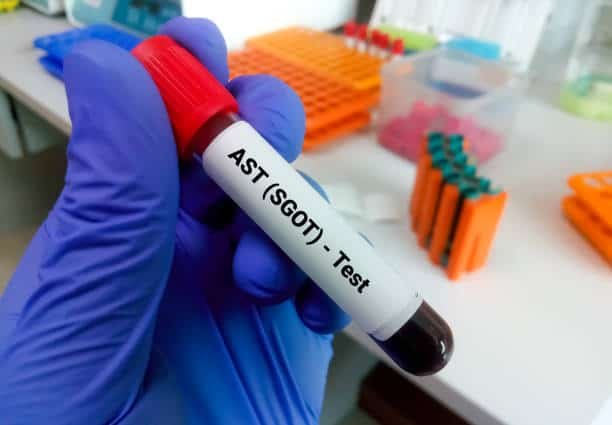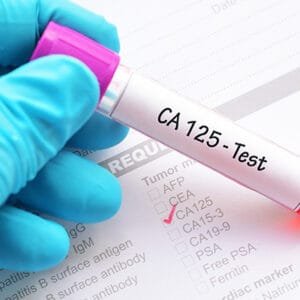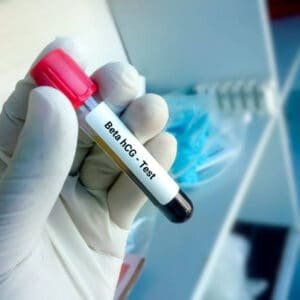Description
What is an SGOT test?
The SGOT test is a blood test that’s part of a liver profile. It measures one of two liver enzymes, called serum glutamic-oxaloacetic transaminase. This enzyme is now usually called AST, which stands for aspartate aminotransferase. An SGOT test (or AST test) evaluates how much of the liver enzyme is in the blood.
A SGOT test may be used to help your doctor diagnose liver damage or liver disease. When liver cells are damaged, SGOT leaks into the blood stream, raising your blood’s level of this enzyme.
The test may be used to evaluate liver health for people who are already known to have conditions that affect their liver, such as hepatitis C.
SGOT is found in several areas of your body, including your kidneys, muscles, heart, and brain. If any of these areas are damaged, your SGOT levels may be higher than normal. For example, the levels could be raised during a heart attack or if you’ve had a muscle injury.
Because SGOT appears throughout your body, part of the liver profile also includes an ALT test. ALT is the other essential liver enzyme. Unlike SGOT, it’s found in heaviest concentrations in the liver. An ALT test is often a more definitive indicator of potential liver damage.
If the results of your SGOT test are high, that means one of the organs or muscles containing the enzyme could be damaged. These include your liver, but also the muscles, heart, brain, and kidneys. Your doctor may order follow-up tests to rule out another diagnosis.
The normal range of an SGOT test is generally between 8 and 45 units per liter of serum. In general, men may naturally have higher amounts of AST in the blood. A score above 50 for men and 45 for women is high and may indicate damage.
There may be some variation in the normal ranges depending on the technique the lab used. The exact range of the lab will be listed in the report of the results.
Extremely high levels of AST or ALT indicate conditions that cause severe liver damage. These conditions include:
- acute viral hepatitis A or hepatitis B
- shock, or collapse of the circulatory system
- extensive liver damage that’s likely caused by toxins, including an overdose of OTC medications like acetaminophen
If your SGOT test is inconclusive, your doctor may order additional follow-up tests. If they’re looking at your liver function or checking for liver damage in particular, they may also order the following:
- Coagulation panel: This measures your blood’s ability to clot and evaluates the function of clotting-factor proteins produced in the liver.
- Bilirubin test: Bilirubin is a molecule and by-product of the routine destruction of red blood cells, which occurs in the liver. It’s typically released as bile.
- Glucose tests: A liver that isn’t functioning correctly may lead to unusually low glucose levels.
- Platelet count: Low platelet levels may indicate liver disease.
All of these tests are blood tests and can be completed in a complete blood panel test (CBP). If other organs or muscles are thought to be the reason for your high AST levels, your doctor may order additional testing to diagnose the problem, such as an ultrasound of the liver.






Reviews
There are no reviews yet.